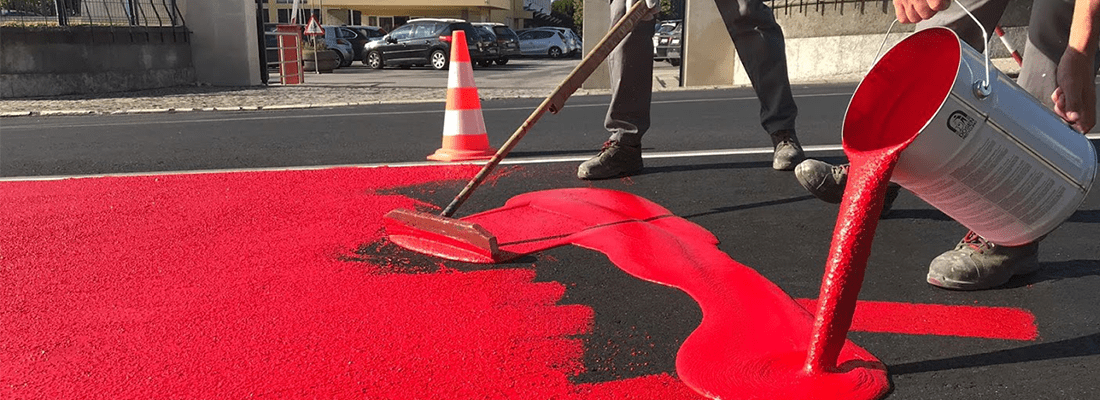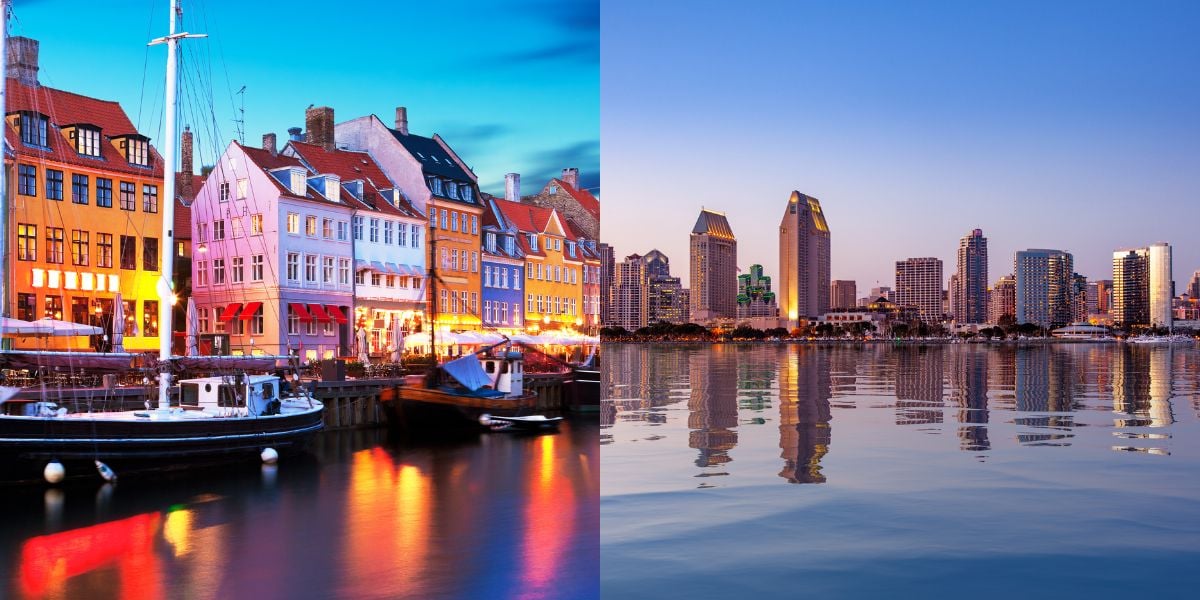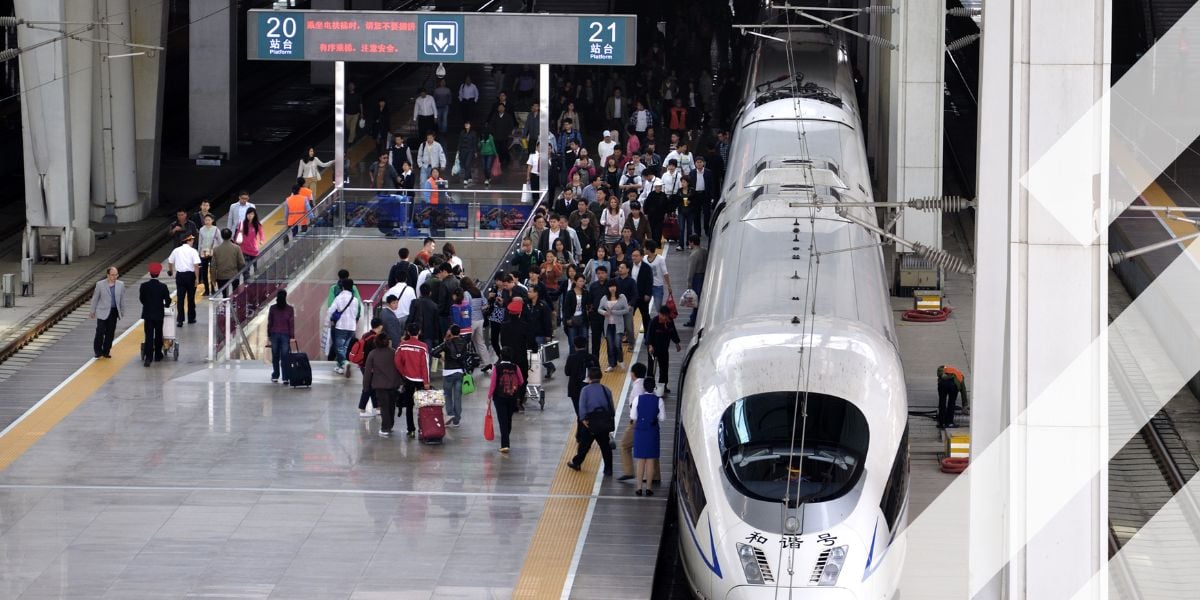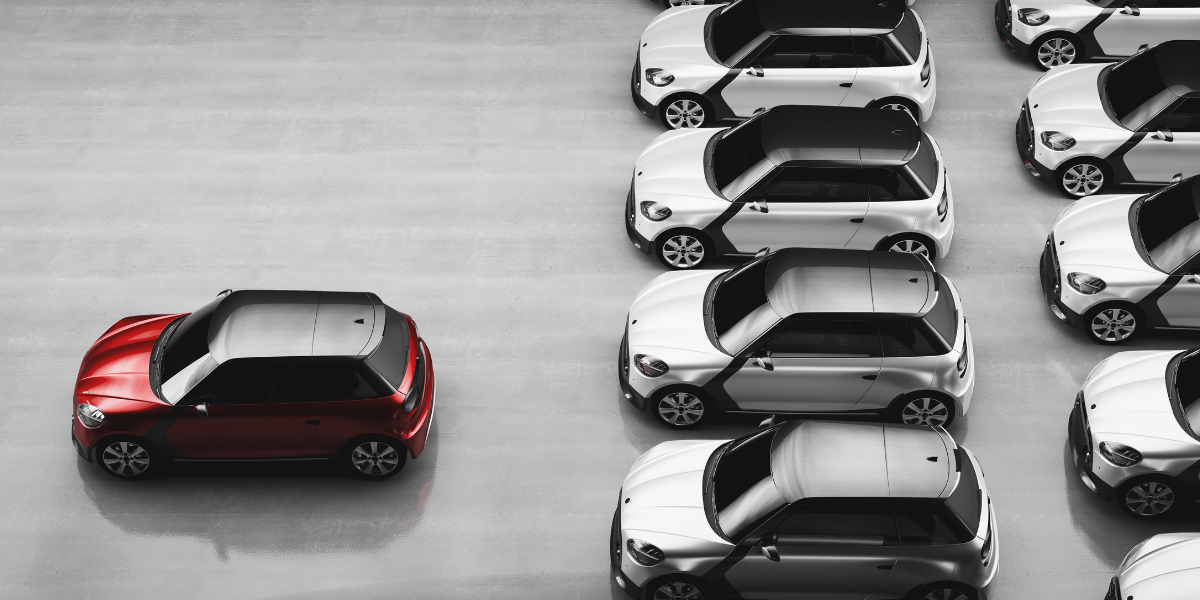Making a mark to improve traffic safety
How do you define a good road marking? That is a question often up for debate in the road marking industry – and a question with many possible answers. What most people can agree on, however, is that a good road marking is a safe road marking.
The purpose of road markings in general is to help drivers, cyclists, pedestrians and all other road users navigate in traffic. To guide them as easily as possible from A to B and making sure that they safely reach their destination.
With safety as the key goal, having uniformity of road markings is an important factor in minimising confusion and uncertainty of their meaning. At Geveko Markings, we therefore support the efforts being made to standardise markings between countries. This includes ensuring that highway markings have a certain level of retroreflection, a specific width, and that there is a visible contrast between the marking and the substrate. But if we move our focus away from line markings, there are other areas in traffic which equally needs to be attended to as well.
Areas demanding extra attention
Bicycle lanes, preferential lanes, parking areas and braking zones are just a couple of examples of areas that demands a certain focus. These are areas in which road users need to be extra alert in order to keep especially the soft road users safe.
In these cases, adding colour and friction can be an effective way of upgrading the road surface and lowering the risk of accidents. Specially engineered products in bright colours and with a high skid-resistance is often an ideal choice. In this article, we present some of the solutions we have supplied for such areas with three recent examples from Portugal.
Slowing down cars in Carcavelos
With a bold, red colour and anti-slip properties this marking was made in order to bring extra attention to a pedestrian crossing located in Carcavelos, which is situated about 12 km west of the Portuguese capital of Lisbon.

The purpose of this application was to create a braking zone leading up to the pedestrian crossings near the school “Colégio Marista de Carcavelos”. With the possibility of small school children crossing the road, there was a very specific need to ensure that the cars don’t drive too fast in this particular area. As cars are approaching the crossing, the new red marking will instinctively catch the eye of the drivers and alert them to slow down. In other words, the bright colour on the cold plastic material is impossible not to notice – and that is exactly the point of this marking.
The material used here is PlastiRoute RollGrip. By using a long-hair paint-roller for application, this thixotropic material is automatically deposited in the shape of small heaps of 2-3 mm. This strong texture gives superior skid resistance under wet and rainy conditions, when friction is needed the most. More specifically the finished surfaces will reach SRT values up to 80. This is an essential feature because the non-slippery surface reduces the braking distance for cars in the braking zone and thus increases the safety for both pedestrians and drivers.
Safely crossing the road in Oeiras
This red and white pedestrian crossing has recently been applied for the municipality of Oeiras, Portugal. It is not the first of its kind in the area which is situated close to the capital of Lisbon - and it won’t be the last either. This type of crossing has been received very positively in the municipality and therefore, an increasing number is already planned.
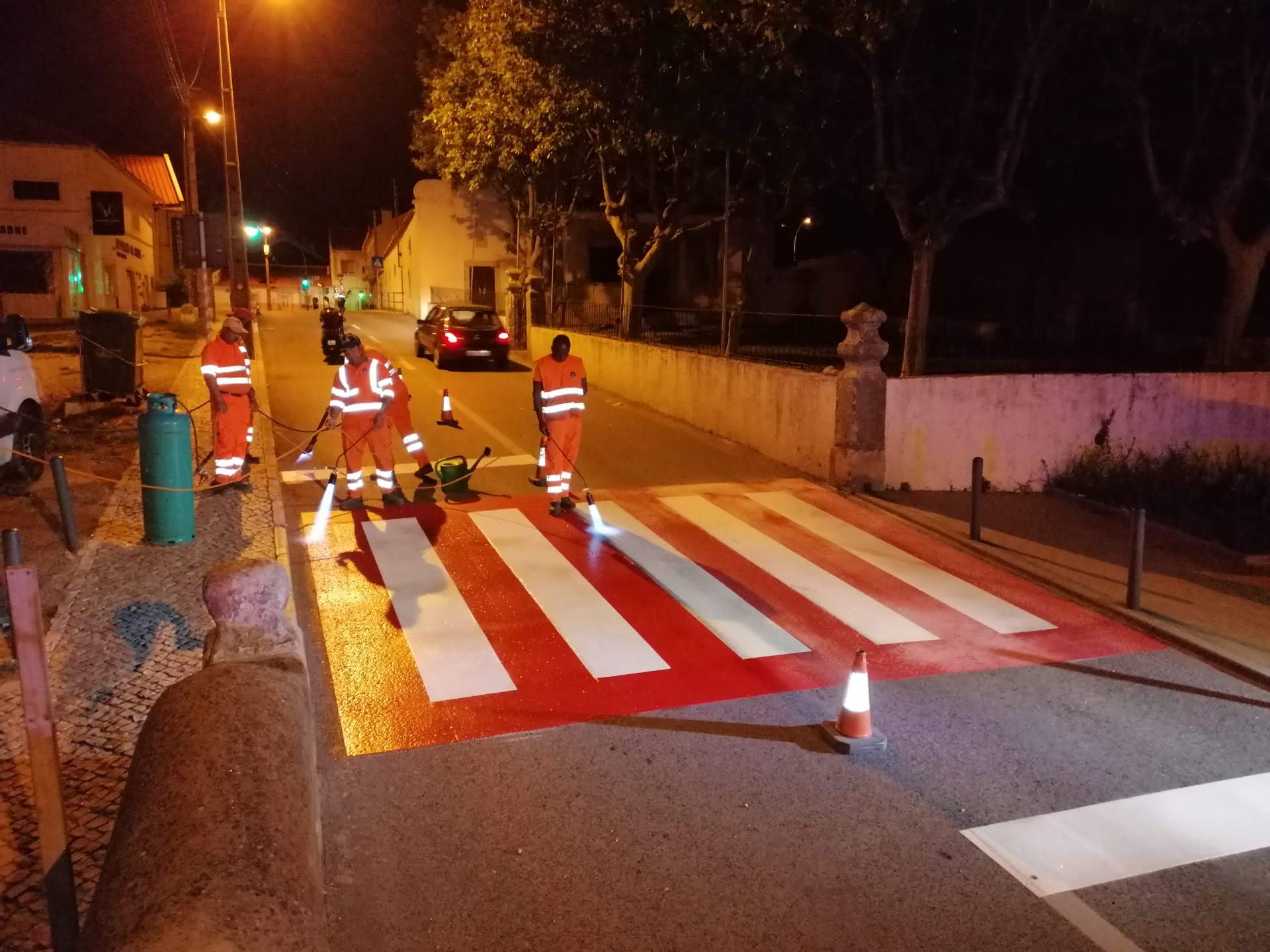
The application of the eye-catching crossing took place in May and was made by our customer F.L. GASPAR. Due to the strong red colour, it really stands out to all road users passing by.
The marking is made with PREMARK, which are easily applicable preformed markings characterised by their high quality, flexibility and long durability. These are important features in a pedestrian crossing which is one of those places where the soft road users are extra exposed.
Keeping the bikes rolling in Lisbon
With a recently applied bright green bike lane, Lisbon has become safer and more accessible for bike riders. This striking green lane was applied back in May as a project for Lisbon. It was made with PlastiRoute RollPlast which is considered an ideal solution for bike lanes because of its anti-skid properties, excellent colour retention and long durability. Furthermore, the eye-catching range of colours demands one's attention and makes it easy for both drivers and bike riders to identify the bike lane and thus helps increase traffic safety.
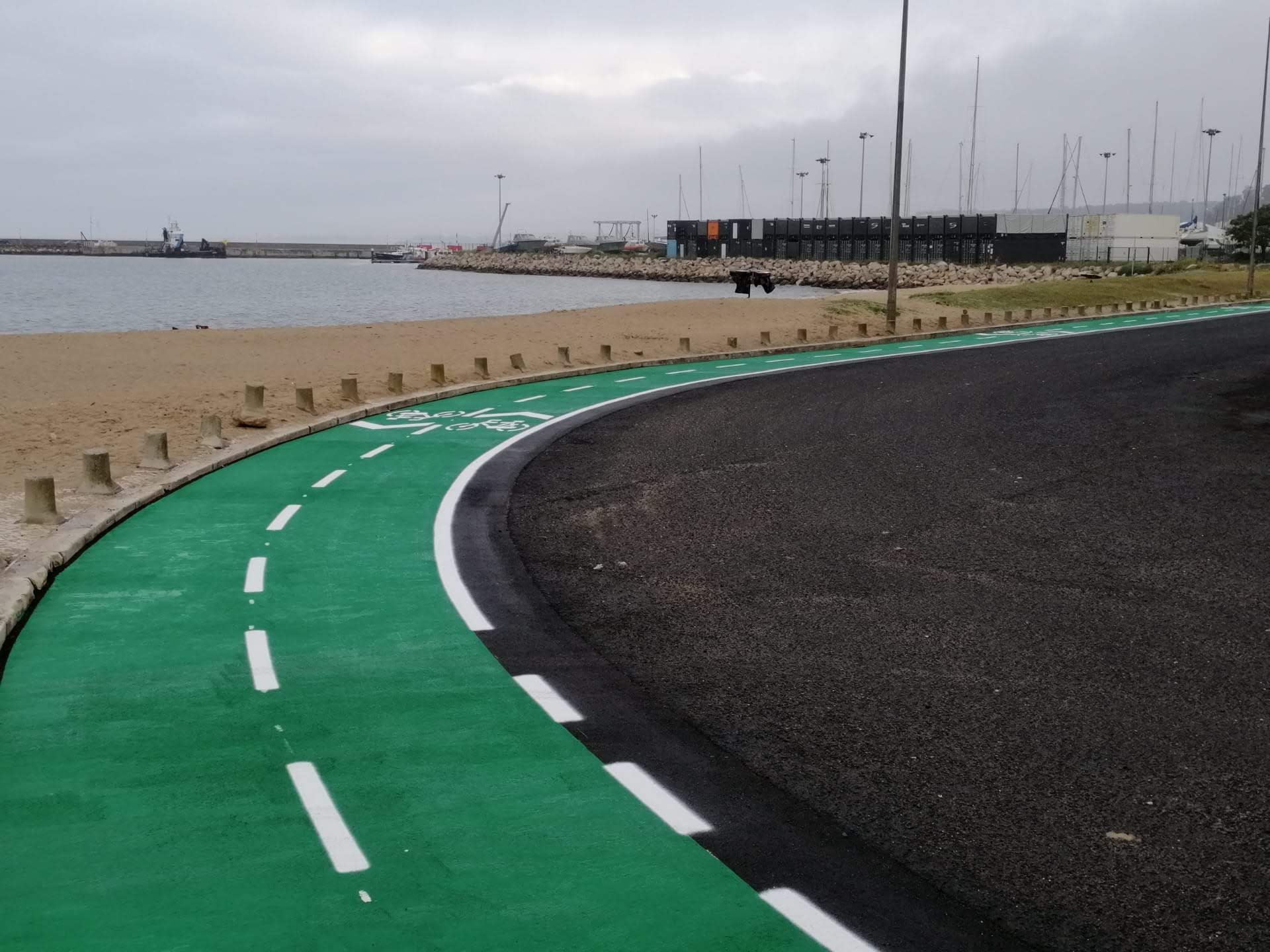
The cold plastic material is easy to apply with paint rollers as it does not level or flow after rolling. Depending on the roller used, it is therefore possible to create precisely the level of skid resistance required for your project. After application, preformed thermoplastic symbols can be added on top of the colourful coating if desired. The two products have been developed to bond well with each other and doesn’t require the use of a primer. This is a good example that sometimes the combination of different products is what creates the best and most safe solution for the project at hand.
Being able to offer such solutions requires continuous research and development and an in-depth knowledge of the materials. This is the only way we can make sure that we meet the exacting standards at all times and help create the safest conditions possible for all road users.
Geveko Markings is exhibitor at Intertraffic in Mexico City.
Share your story
Do you have an innovation, research results or an other interesting topic you would like to share with the professionals in the infrastructure, traffic management, safety, smart mobility and parking industry? The Intertraffic website and social media channels are a great platform to showcase your stories!
Please contact our Sr Brand Marketing Manager Carola Jansen-Young.
Are you an Intertraffic exhibitor?
Make sure you add your latest press releases to your Company Profile in the Exhibitor Portal for free exposure.

